Boat Safety Inspections of the Engine and Propulsion System and Common Issues and Solutions
Ensuring the safety and reliability of your boat is paramount for an enjoyable and worry-free experience on the water. Regular safety inspections, particularly of the engine and propulsion system, are essential to identify potential issues before they become serious problems. This comprehensive guide will explore the importance of boat safety inspections, common problems that can occur with the engine and propulsion system, and practical solutions to address them. By following these tips, you can maintain your boat in top condition and enjoy countless adventures on the water.
Why Boat Safety Inspections Matter
Boat safety inspections are crucial for several reasons:
-
Safety: Regular inspections help prevent accidents and injuries by identifying and addressing potential hazards.
-
Performance: A well-maintained engine and propulsion system ensure optimal performance and fuel efficiency.
-
Longevity: Routine maintenance and timely repairs extend the life of your boat, protecting your investment.
-
Compliance: Many jurisdictions require regular boat safety inspections to meet legal and insurance requirements.
Inspecting the Engine
The engine is the heart of your boat, providing the power needed for propulsion. Regular inspections are necessary to ensure it remains in optimal condition.
Common Engine Issues
-
Overheating
-
Cause: Overheating can result from a malfunctioning cooling system, low coolant levels, or a blocked water intake.
-
Solution: Check and top off coolant levels, inspect the water intake for blockages, and ensure the cooling system is functioning properly. Replace damaged components as needed.
-
-
Oil Leaks
-
Cause: Oil leaks can occur due to damaged seals, gaskets, or worn-out components.
-
Solution: Identify the source of the leak and replace damaged seals or gaskets. Regularly check oil levels and inspect for signs of leaks.
-
-
Fuel System Issues
-
Cause: Fuel system issues can result from clogged fuel filters, contaminated fuel, or faulty fuel pumps.
-
Solution: Regularly replace fuel filters, use clean and high-quality fuel, and inspect fuel pumps for proper operation. Clean or replace components as needed.
-
-
Electrical Problems
-
Cause: Electrical problems can stem from corroded connections, faulty wiring, or dead batteries.
-
Solution: Inspect and clean electrical connections, replace damaged wiring, and test batteries regularly. Ensure all electrical components are functioning correctly.
-
Engine Inspection Steps
-
Visual Inspection
-
Exterior: Examine the engine's exterior for signs of leaks, corrosion, or damage. Pay close attention to hoses, belts, and connections.
-
Oil Levels: Check the engine oil levels and look for any signs of contamination. Change the oil and filter regularly according to the manufacturer’s recommendations.
-
-
Cooling System
-
Coolant Levels: Ensure the coolant levels are adequate and the system is free of leaks. Flush and replace the coolant as needed.
-
Water Intake: Inspect the water intake for blockages or debris that could restrict water flow.
-
-
Fuel System
-
Fuel Filters: Replace fuel filters regularly to prevent clogs and ensure clean fuel flow.
-
Fuel Lines: Inspect fuel lines for cracks, wear, or leaks. Replace any damaged lines to ensure a safe fuel supply.
-
-
Electrical System
-
Battery: Test the battery charge levels using a multimeter. Replace any batteries that are no longer holding a charge.
-
Wiring: Inspect wiring for signs of wear, corrosion, or damage. Replace damaged wires and secure any loose connections.
-
Inspecting the Propulsion System
The propulsion system is responsible for moving your boat through the water. Regular inspections are essential to ensure it remains in optimal condition.
Common Propulsion System Issues
-
Propeller Damage
-
Cause: Propeller damage can occur from impacts with debris, rocks, or other underwater hazards.
-
Solution: Inspect the propeller for dents, cracks, or bends. Repair or replace damaged propellers to maintain performance.
-
-
Shaft Misalignment
-
Cause: Shaft misalignment can result from improper installation, wear, or impacts.
-
Solution: Check the alignment of the propeller shaft and adjust as needed. Ensure all components are properly installed and secured.
-
-
Transmission Problems
-
Cause: Transmission problems can stem from low fluid levels, leaks, or worn-out components.
-
Solution: Check transmission fluid levels and look for signs of contamination. Change the fluid regularly and address any leaks promptly.
-
-
Corrosion
-
Cause: Corrosion can affect metal components in the propulsion system, leading to weakening and potential failure.
-
Solution: Regularly inspect for signs of corrosion and clean affected areas. Apply anti-corrosion coatings to protect against future damage.
-
Propulsion System Inspection Steps
-
Propeller Inspection
-
Condition: Inspect the propeller for damage, such as dents, cracks, or bends. Repair or replace damaged propellers to maintain performance.
-
Attachment: Ensure the propeller is securely attached to the shaft and that all nuts and bolts are tight.
-
-
Shaft and Coupling
-
Alignment: Check the alignment of the propeller shaft and coupling. Misalignment can cause vibrations and reduce efficiency.
-
Lubrication: Lubricate moving parts to prevent wear and ensure smooth operation.
-
-
Transmission
-
Fluid Levels: Check the transmission fluid levels and look for signs of contamination. Change the fluid regularly and address any leaks promptly.
-
Functionality: Test the transmission to ensure it engages smoothly and operates correctly.
-
-
Corrosion Check
-
Inspection: Regularly inspect all metal components in the propulsion system for signs of corrosion. Clean and treat affected areas with anti-corrosion coatings.
-
Solutions to Common Problems
Engine Overheating
Solution: Check and top off coolant levels, inspect the water intake for blockages, and ensure the cooling system is functioning properly. Replace damaged components as needed.
Oil Leaks
Solution: Identify the source of the leak and replace damaged seals or gaskets. Regularly check oil levels and inspect for signs of leaks.
Fuel System Issues
Solution: Regularly replace fuel filters, use clean and high-quality fuel, and inspect fuel pumps for proper operation. Clean or replace components as needed.
Electrical Problems
Solution: Inspect and clean electrical connections, replace damaged wiring, and test batteries regularly. Ensure all electrical components are functioning correctly.
Propeller Damage
Solution: Inspect the propeller for dents, cracks, or bends. Repair or replace damaged propellers to maintain performance.
Shaft Misalignment
Solution: Check the alignment of the propeller shaft and adjust as needed. Ensure all components are properly installed and secured.
Transmission Problems
Solution: Check transmission fluid levels and look for signs of contamination. Change the fluid regularly and address any leaks promptly.
Corrosion
Solution: Regularly inspect for signs of corrosion and clean affected areas. Apply anti-corrosion coatings to protect against future damage.
Tips for Regular Maintenance
Regular maintenance is key to preventing issues and ensuring the longevity of your boat. Here are some tips for maintaining the engine and propulsion system:
-
Clean Regularly: Regularly clean the engine and propulsion system to remove dirt, grime, and salt. This prevents buildup and reduces the risk of damage.
-
Inspect Often: Perform visual inspections before and after each outing. Look for any signs of damage, wear, or corrosion.
-
Use Protective Coatings: Apply protective coatings to metal components to prevent corrosion and ensure longevity.
-
Store Properly: Store your boat in a dry, covered area when not in use to protect it from the elements.
-
Address Issues Promptly: Address any issues as soon as they arise to prevent them from worsening and causing more significant problems.
Conclusion
Regular boat safety inspections of the engine and propulsion system are essential for maintaining the safety, performance, and longevity of your vessel. By identifying and addressing common issues such as overheating, oil leaks, fuel system problems, and corrosion, you can ensure your boat remains in optimal condition. Follow the inspection steps and maintenance tips outlined in this guide to keep your boat seaworthy and ready for countless adventures on the water. Investing time and effort into regular inspections and maintenance will pay off in the long run, providing you with peace of mind and a reliable, safe vessel. Buy boat engine and boat propulsion products at CycloneSale.com today!
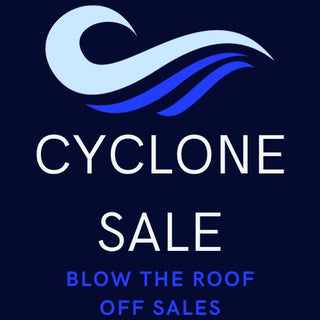
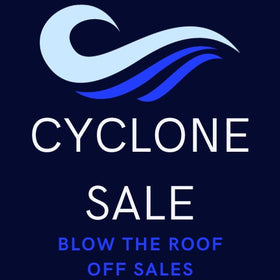
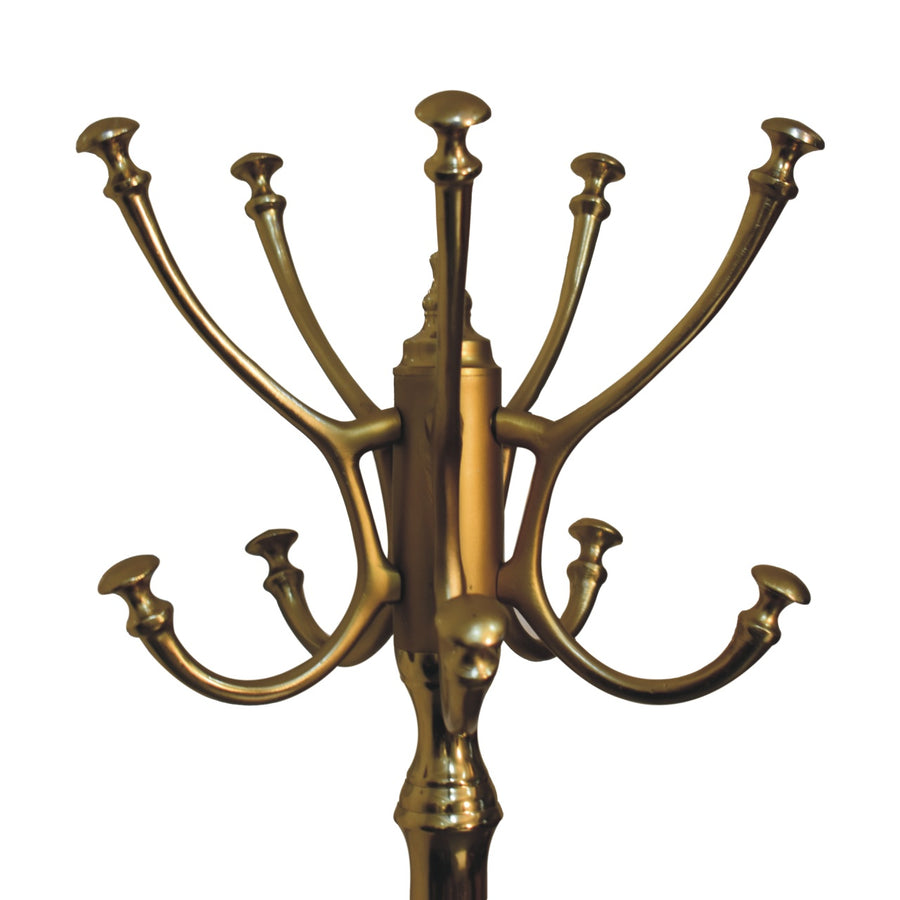
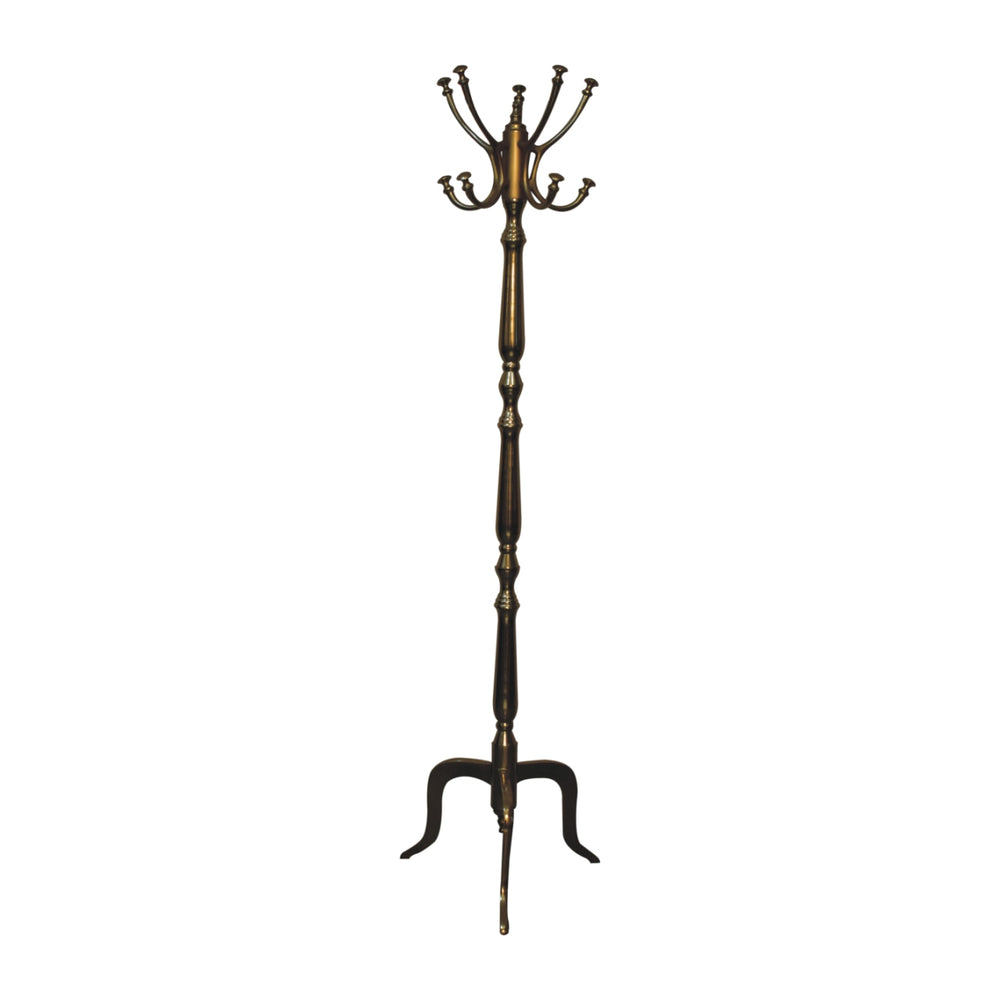

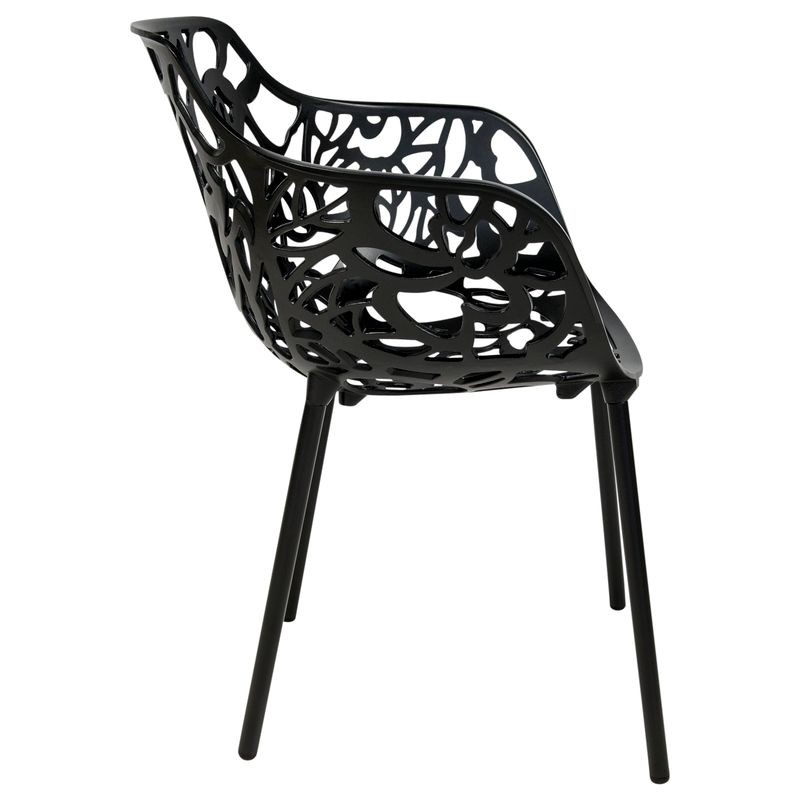
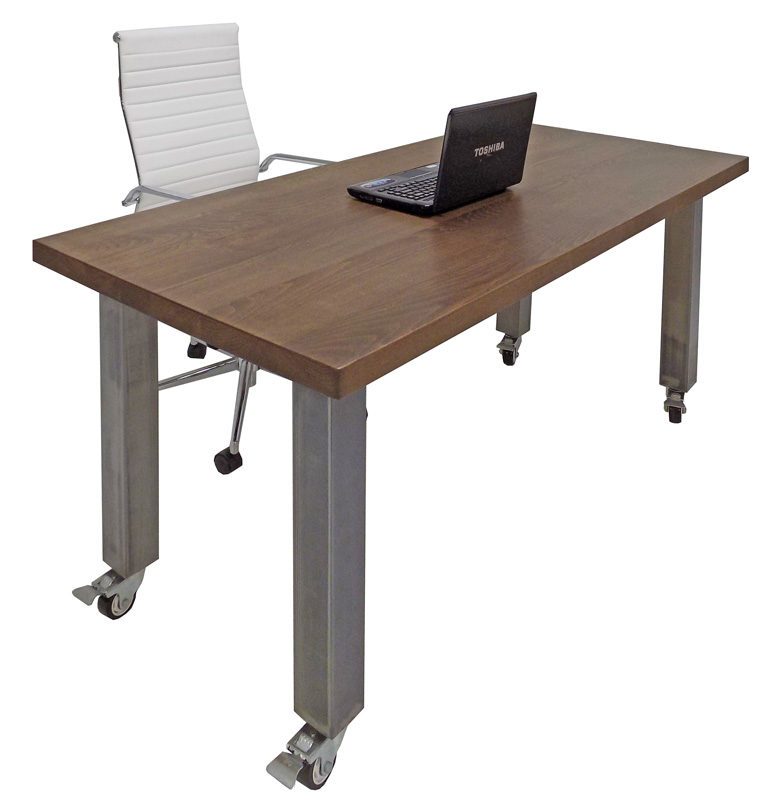
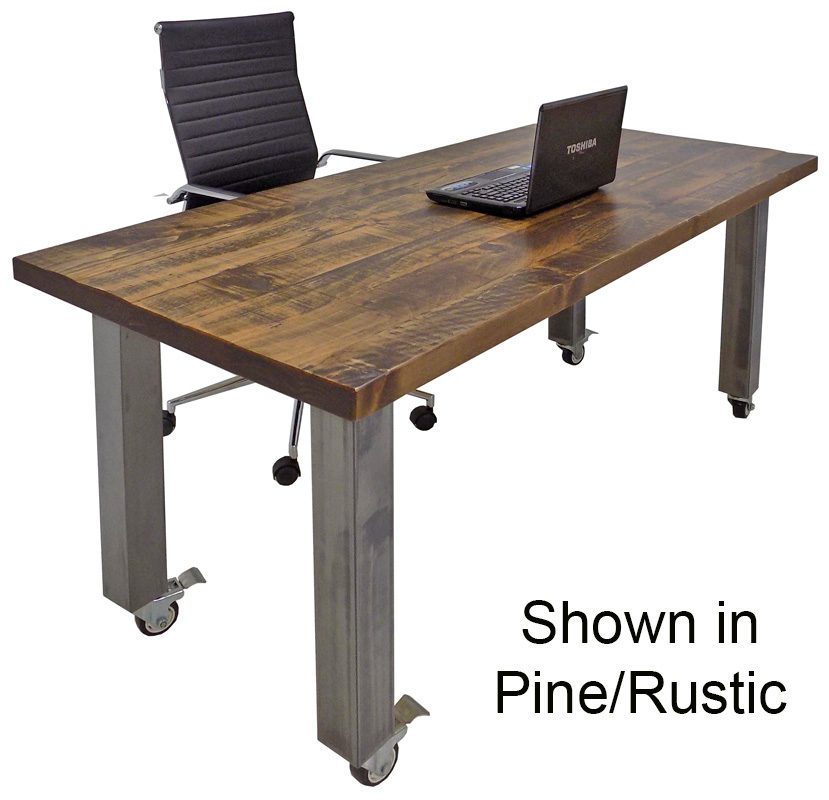


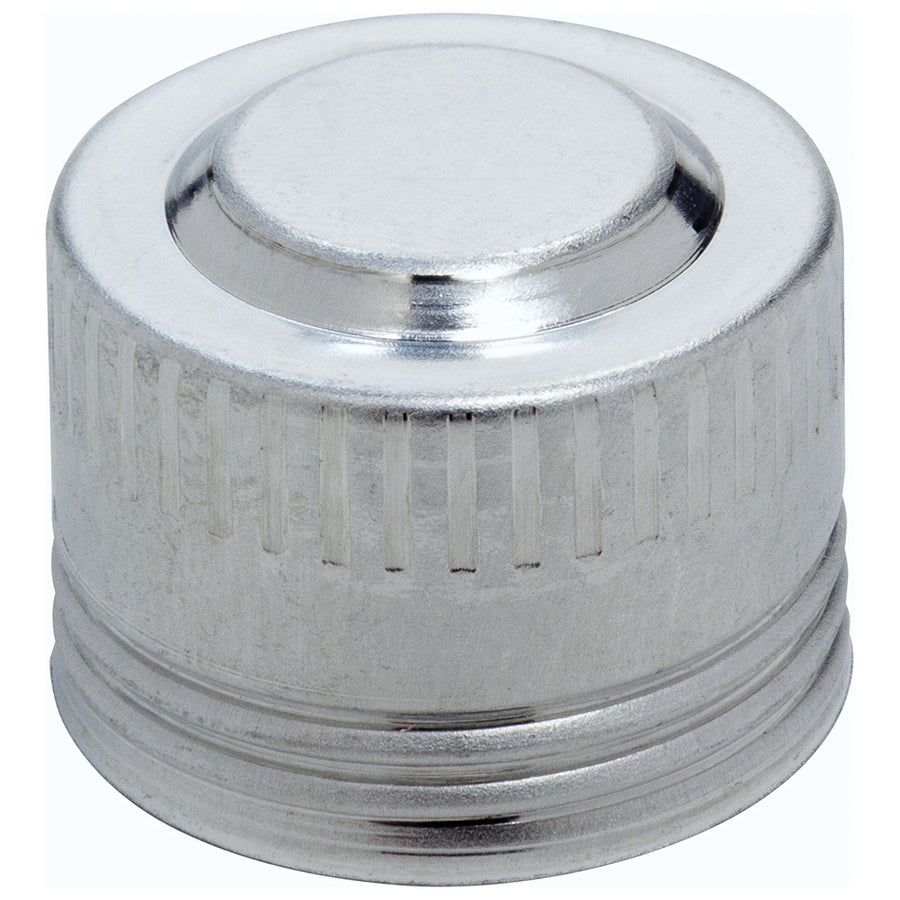
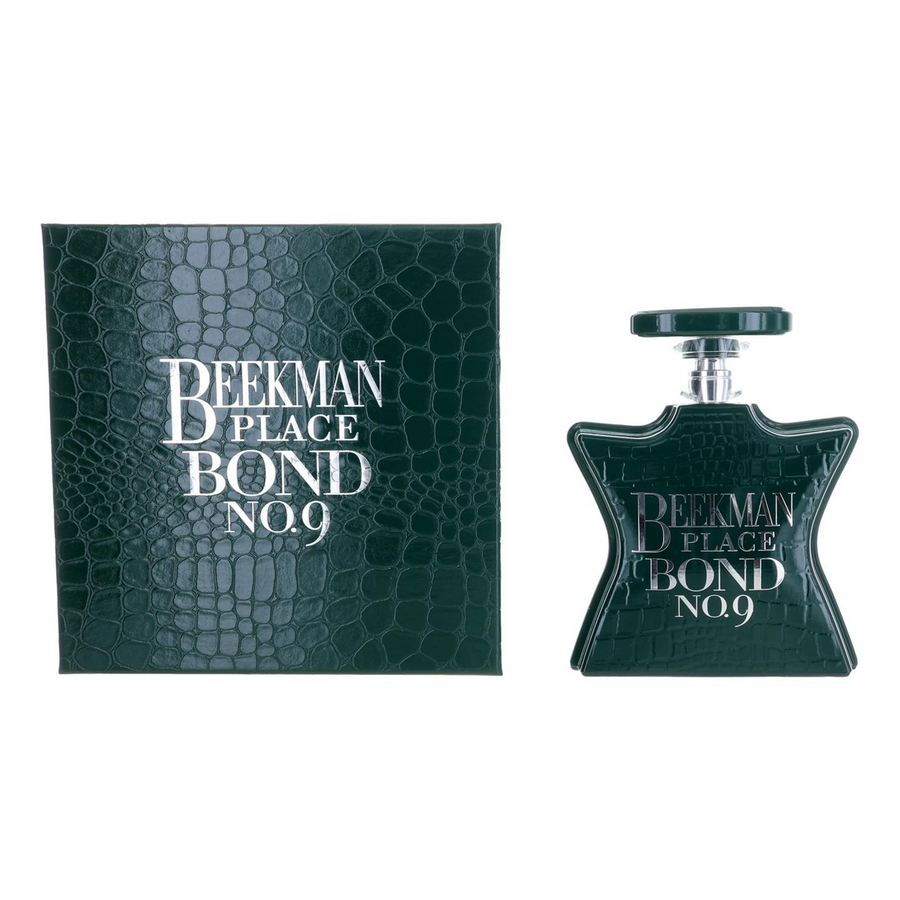

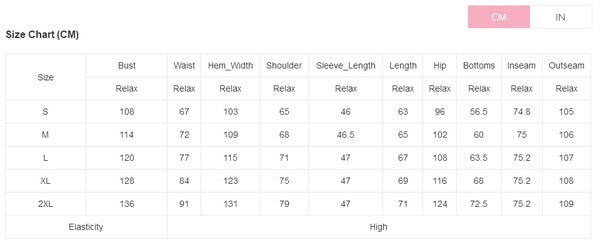





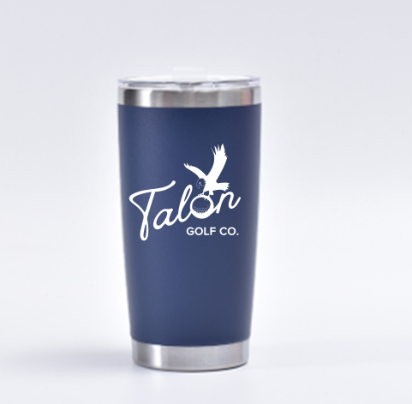


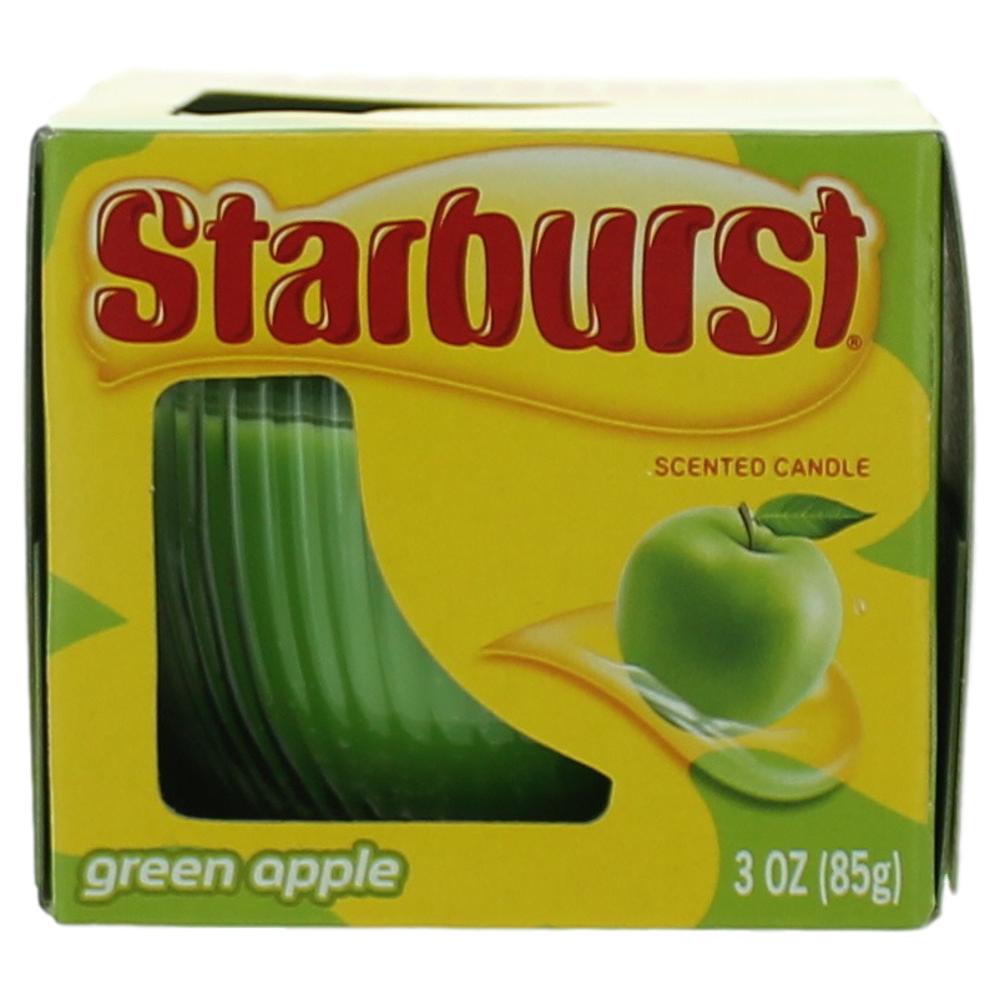



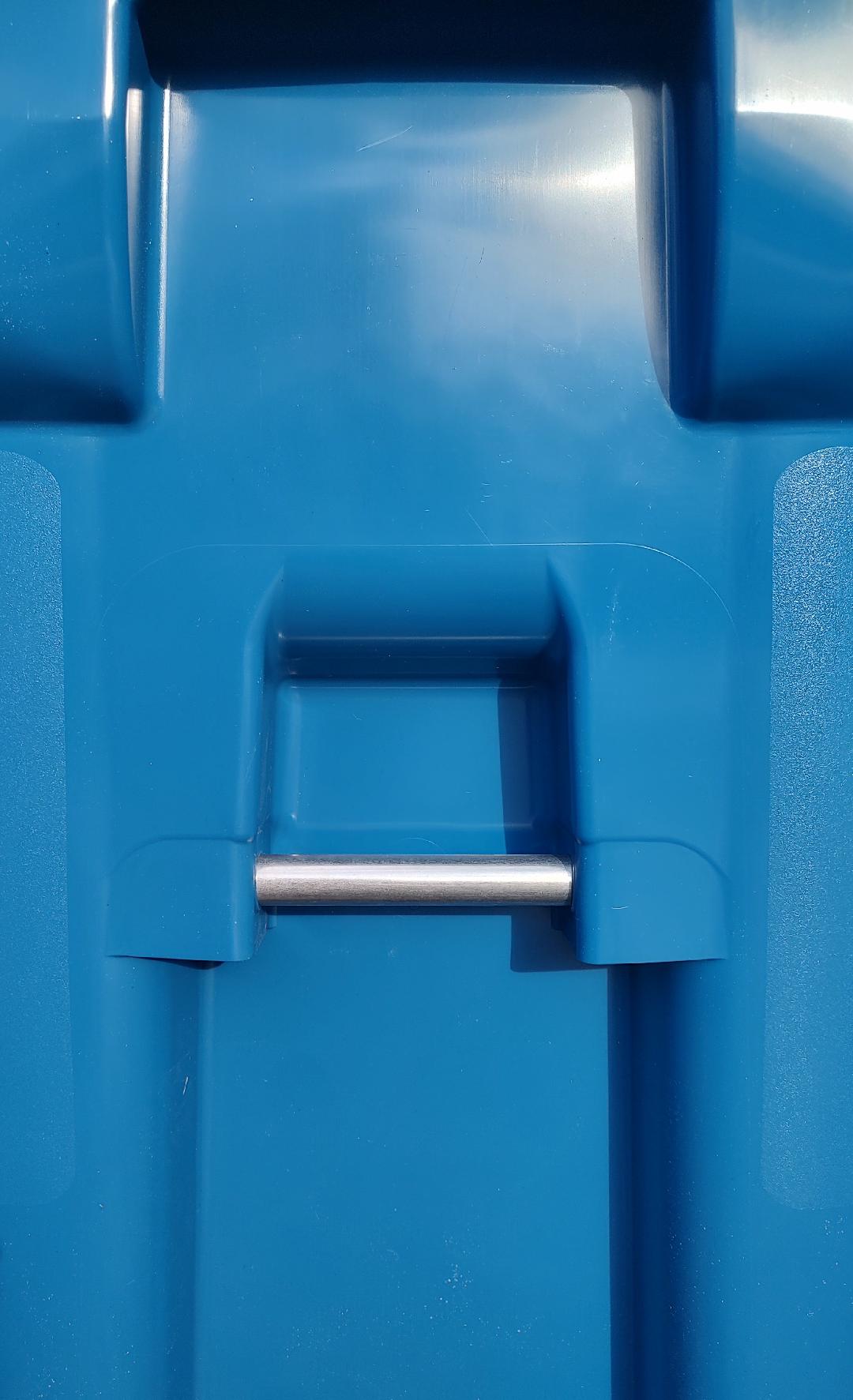



















Leave a comment